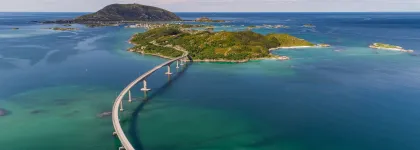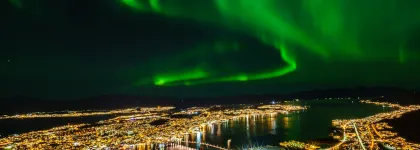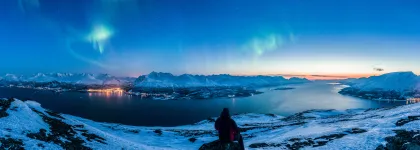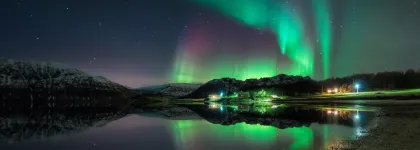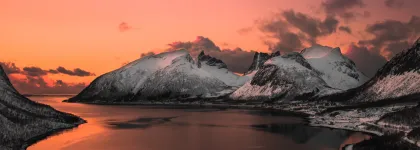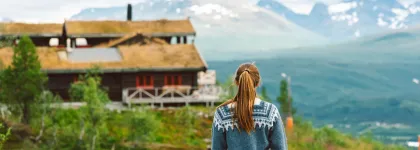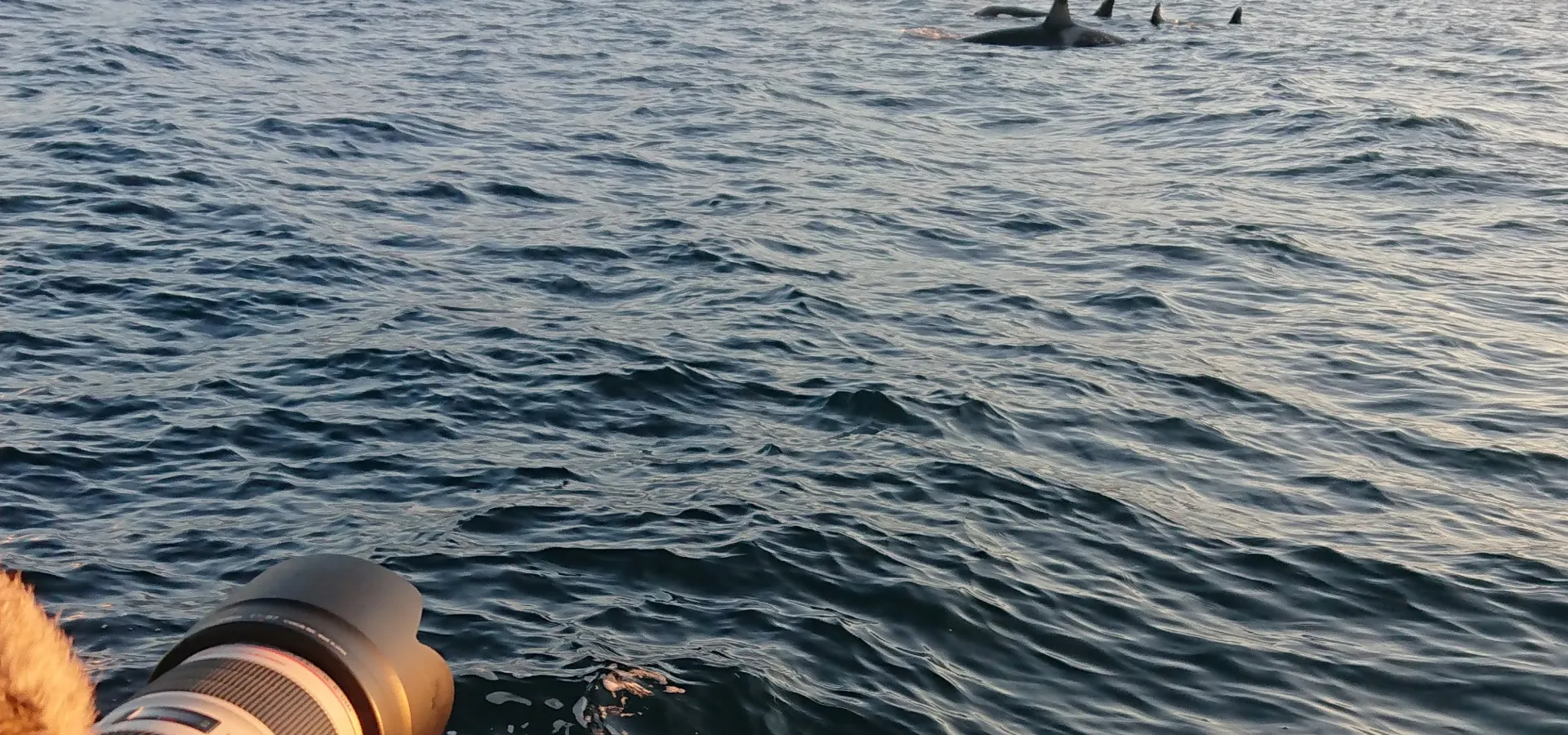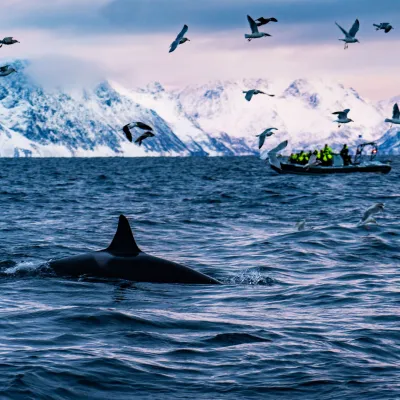It can be hard to get good photos of the whales. The boat rocks on the waves, whales swim around non-stop and everything is bit exciting. Maybe you even feel a bit seasick. Here are few tips to consider when you are taking photos of the whales and dolphins.
If your camera has “sports” mode, change to that. It might also be an idea to shoot on multiple shots mode. If you use manual settings, use the fast shutter speed time.
- Check that you have the image stabilization on if your camera has one.
- Gimble and other stabilators are great on the boat, just make sure you know how to use them before you go.
- Waterproof casing is not a must, but it gives you some extra peace of mind. If your camera can take underwater photos, you can be up for some truly unique shots.
- Stay calm. Breath and focus. Usually the whales stay around for a few minutes, so there is no panic with the camera.
- See how the whales move and try to understand the patterns of movement. Great photo moments are when whales breach out of the water, lobtail (swing their tail over the water) or surface to breath and blow out air and vapor. See more information about whale behaviour here.
- Many people attempt to get close-up photos of whales. Often those have been taken with a large zoom, so if you have a basic point and shoot camera, pay more attention to getting great photos of a larger view. Try to keep the horizon on level, see if there are other boats, shoreline or anything else on the photo, which makes the photo more interesting.
- Always remember that it is not allowed to disturb the animals. Photographing the whales can only be done from distance and only for short periods of time to avoid causing them stress.
Photographing whales, just as photographing any animals, can be demanding, but with that one great shot, it is all worth the pain. Next time you are visiting Northern Norway and get a great photo of whales, share it with us! Just tag us on Facebook or Instagram @visitlyngenfjord and we might share your photo too!



